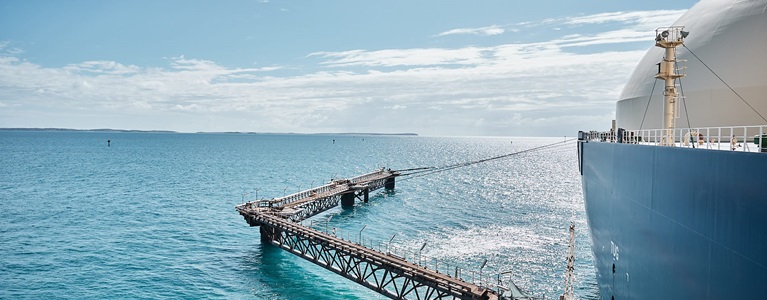
Proposed Browse Development
-
3 km
The nearest drilling would occur approximately 3 km from Scott Reef
-
< 3.8 mm
Modelling indicates there is a 95% probability that subsidence under Sandy Islet would be less than 3.8 mm over the life of the project
MYTH
Browse involves onshore fracking.FACT
The proposed Browse Development is a conventional natural gas project and does not involve onshore fracking.Additional Facts
Turtles, whales and other marine life
The Western Australian environment regulator
Scott Reef and marine life
Carbon capture and storage (CCS)
Emissions
Scott Reef and drilling
Browse and the North West Shelf
Renewables
Scott Reef and the marine environment
